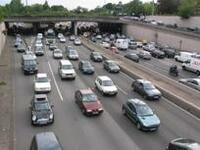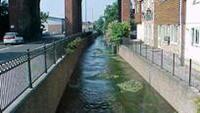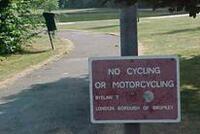Ill fares the land, to hast'ning ills a prey,
Where wealth accumulates, and men decay (Oliver Goldsmith, 1770).
'In his poem "The Deserted Village", (1770), Goldsmith revisits Auburn, a village of which he had fond memories, and marks the depopulation brought about through the emigration of its peasant community and the influx of monopolising riches. He mourns over the state of a society where "wealth accumulates and men decay". Using images pertaining to the land in his poem, he gives to his readers a sense of what it was like to live in the countryside during modernization and how it has destroyed the land the former inhabitants worked so hard to maintain'. (Wikipedia, 2007) With the continued advance of industrialization in the following centuries, the problem Goldsmith described so well has advanced. We cannot turn back the clock to solve the problem - but we can engage in active landscape planning to avoid cruel roads, imprisioned rivers and inhuman 'public open space'.
Professionals should be trained to take both narrow and broad views. This book is addressed to members of the public, to let them know what they should request, and to the many professions involved in landscape-making: planners, designers, architects, engineers, farmers, foresters and others. There are aesthetic, functional, economic, political and philosophical dimensions to the task.
Economists distinguish between private and public goods. Private goods, like cars, houses and farms, are the province of private individuals, private organisations and single-minded professionals. Public goods, like fresh air and beautiful views, belong to us all and are the responsibility of us all. Multi-objective design and planning can ensure that society obtains both private and public goods from our collective landscape.





